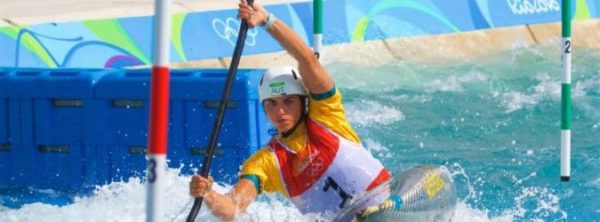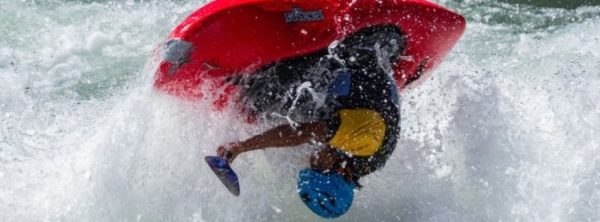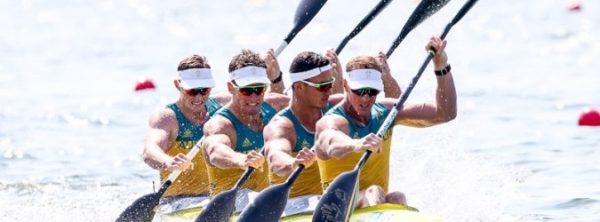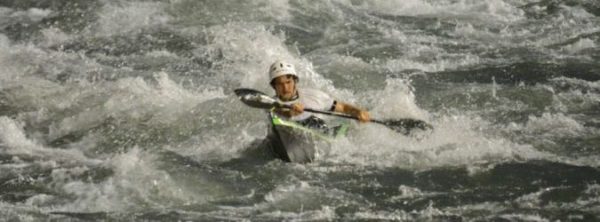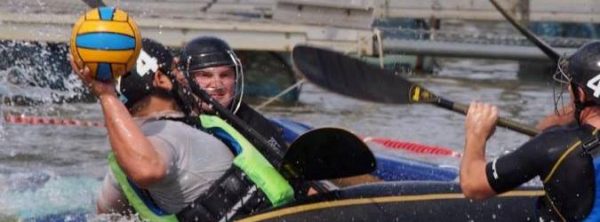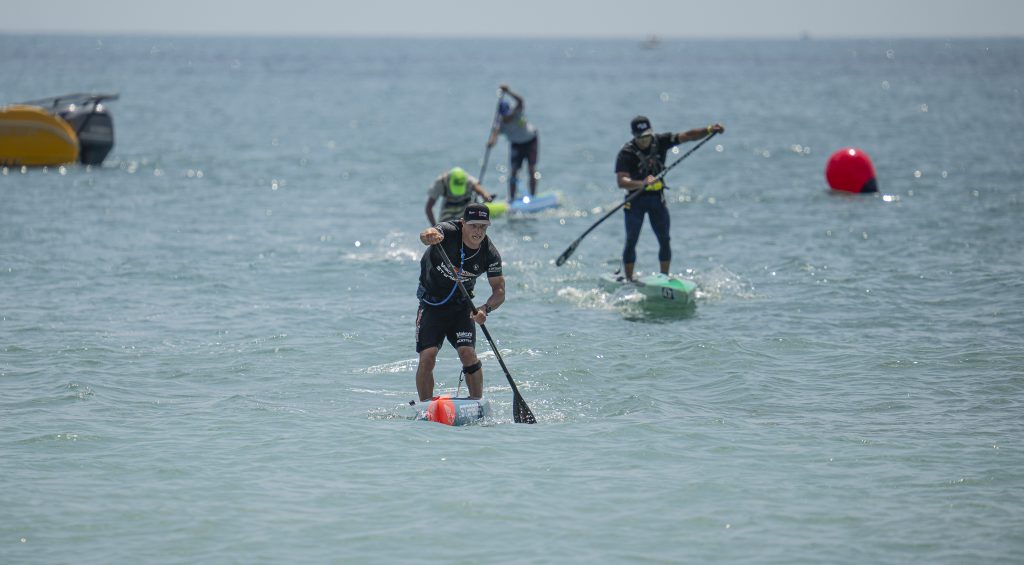An introduction to the latest styles of Australian offence and the unlimited combinations available to bamboozle the opposition. This knowledge does not have to remain confidential, as the limitless amount of offensive options, if able to be carried out, will still beat an opposition even if they know what you are trying to perform.
NON BALL PLAYS
Tail turning the opposition, fake sprinting, slow approach then sprint, C1 passing manoeuvre, bow sweep, screens, crossovers, behind the goals.
ON THE BALL PLAYS
Give and go, Bow sweep give and go, homer, space call, screens, fake screens, screen and go, crossovers, turning on the ball and go, hit the brakes, In and away, away and in, dummy reverse sweep and go.
Drills – individual plays, pairs drill with coach, 2v2,3v3, grid ball.
FAST BREAKS
Outlet pass, safe options, staggers, water ball or ball to the hands, hit the brakes, triangulation, transition defence to attack.
Drill – Fast break drill
TRIANGULATIONS
Basic idea of thinking in three”s and then four”s, eagle, double and triple dishes, crosses.
SET PLAYS
Corners – bill, Sam, eagle, arthur, wedge
Centre starts – consistency.
Sideline throws – give and go
Goal line throws – slow the play, flat three.
FLAT THREE
Requirement for excellent ball control including passing and catching.
Move is initiated by the defence not the offence.
Roles of the 45”s, Committing the rear defenders, option pass, the drive for the dish.
The Flat Three ( 3v2 offence), Ball carrier (BC), Guards
Committing the opposition to you (The rabbit). Do not take the ball to their defence, 1-2-2 option on aggressive defence, Pass timing, drive timing.
Eagles, double and triple dish”s, Point screens, Stacking sides, double drives on the same side, double drives on opposite sides with point screen, clover leaf, low posting, give and go, tail drives, dribble drive to the hole, cover defence.
Opening a static zone defence- “can opener”, In-out, sacrifice driver, cunning bad pass (C.B.P.)
Resetting after loss of ball control. Safe passes up the sideline.
COACHING TIPS by Steve Hemsley
THE ART OF FAST-BREAKS!
Fast-breaks are not merely paddling the fastest up the pool and yelling your lungs out waiting to receive the long pass. There are many facets you need to look at, and the following may help you improve your success rate.
1). Reaction:- You must be ready at all times when your team is defending to immediately transform into attack as soon as your team gains possession eg. Goal throw
2). Speed:- The faster you are the more likely you will be able to get into a position to receive a fast-break ball. If your team mates cannot get the ball to you immediately you will need to hesitate and wait for the ball. As soon as your team mate has spotted you then begin sprinting as though you are restarting a fast-break.
The person about to receive the pass that will then be shot must be paddling at close to top speed. This will add speed to the shot and continually change the angle that the shot will be coming from. This makes it extremely difficult for the goalie to know when and from where you will release the throw.
3). Angle:- It is extremely difficult to pass to someone paddling directly up the field. Even if the pass is perfect the catch may be impossible. This of course is not a problem if there is no defence and plenty of room between you and the goalkeeper. In this case the pass should be well in front of you, 2 or 3 boat lengths, to allow you to gain a initial advantage on the sprint.
The best angle to approach a fast-break is from 10 to 45 degrees off centre. This makes the pass and catch easier for both involved.
4) Timing:- If you have made the fast break but have not received the ball, slow down or even stop well out from the goal (minimum 8 metres) . The defence, if poor will catch up to you but will fail to get goal side. When your team mate sees you goal side of the defence they can pass the ball over the defenders paddle and into the water between you and the goal. While the pass is in progress you will be doing a stern push and turn towards the goal and paddle onto the ball.
If the defence is good and follows you correctly, look back to see if a second team mate may be in a position to perform a fast break. If this is the case, paddle across the goal area, hopefully drawing your defender with you and opening the secondary fast break for your team mate.
5) Unless there is no pressure on you, do not throw the ball to the forwards as the first pass. Look for an outlet player to pass to who is 6-8 metres out and near the side line. This will give a good angle for the fast breaker to approach the goal and receive the ball either to the hands or on the water.
6) Do not throw the ball to forwards that are already marked. The forwards must be aware of the location of the ball at all times.
7) Call for the ball if you are supporting a fast break or call before they get the ball eg. “I”m behind you”.
5) Defence:- If you have made the initial fast break but have not received the ball, paddle across the goal area in a large arc and “CYCLE” out, to become a defender, thus allowing your defenders or secondary attackers to come in without risking a fast break in the opposite direction.
FLAT THREE OFFENCE
1) Good ball control, passing and catching is essential.
2) Each move or action is determined by the action of the defender(s). All players in the offensive unit must know the options available and react accordingly in response to the defence.
3) If the ball is fumbled, the move is terminated and the ball must be recontrolled and returned for a reset of the move. A fumble may draw a defender and open up a clear opportunity for an offensive move but it is imperative that a turnover does not occur.
POSITIONS:
BC – Ball Carrier
G – Guards
45 – 45/ Forward
C – Chaser
P – Point (defence)
D – Defence
3) CHASER – This is the defender that is in front of the point player and chases the ball which initiates the move.
4) BALL CARRIER – The Ball Carrier (BC) is the player that brings the ball up in the Flat Three. This player is not necessarily always in the centre.
The BC passes when the chaser commits to the BC. The pass must have no chance of interception and an early pass when the chaser is about 1.5-2 boat lengths away is preferable.
The BC should then remain as the primary defensive player while the remainder of the team completes the move.
If the move has to be terminated, the BC should move towards the sideline to receive a reset pass up the sideline from the team mate under pressure.
The BC may drive towards the goal only when a team mate has turned for cover defence.
5) GUARDS – The other two players in the flat three move level with the BC towards the defensive zone.
Both guards initiate their drives as soon as the chaser shows commitment to the BC. The guard with the safest option for a pass from the BC must anticipate a pass from the BC. This should draw the point defender and open a driving lane between the two rear defenders for the second guard. The guard with the ball will then take the safest passing option to either the 45 or the second guard. The other guard continues to drive and should anticipate the next move such as a direct pass from the guard or an Eagle move (to be described later).
6) 45”s – These are the two forwards that position themselves approximately 4-8 metres out from the goal line depending on the pool size and approximately 1-2 boat lengths away from the rear defender and pointing towards the zone.
This position has four well defined jobs:
a) Maintain the rear defenders in a wide defensive pattern to open up the middle of the zone to produce a driving lane for either of the guards.
b) Act as a receiver of the ball
if the defender is in a tight zone for eagles, Give and go”s, dish etc.
c) Begin driving towards the goal when the rear defender commits to the driving guard or the other 45 with the ball, and anticipate a dish pass from that player.
d) Act as cover defence if the
attack does not involve their position
and their rear defender maintains
good coverage of the 45.
7) DRIVING LANE – This is a direct line between a player and the goal where there are no defenders on that line. Players should anticipate the opening of these lanes and drive towards them anticipating a pass from your team mates with the ball. Continue your drive and expect the pass at any time, as the player with the ball will be waiting for the safest time to pass without a turnover. If you have the ball on the driving lane, and no defender is committing to you, you must dribble towards the goal and shoot, or draw a defender to be able to dish to the loose team mate.
8) THE DISH – The dish is a pass attempted by an attacker when the defender has committed to that attacker and their is no option to shoot.
a) EARLY – A dish may be “early” and in the water on the driving lane for your team mate thus avoiding a possible intercept. You must ensure that the defender has committed to you so they cannot turn and pick the ball up that is sitting on the driving lane but the pass must be early enough to guarantee no turnover.
b) OVERHEAD – it may be over the head/ shoulders of the defender when your team mate is positioned directly in line with the head. Use double handers and dummies.
c) LATE – it may be “late” to allow the driver to progress further into the zone on the driving lane. This is usually quite risky as you may be under a lot of pressure. You may wish to dummy a pass in the opposite direction to your intended pass or dummy a shot at goal to move the defenders paddle and than place the ball on the water on the driving lane or to the hands.
d) Avoid lobs as they are too easy to block in the zone.
9) GIVE AND GO – A pass made to a team mate, and as the pass is expected back, the original passer moves forward on the driving lane.
a) BC passes to a team mate and moves forward straight forward. The defender will turn away to the new BC and then the ball can be returned to the original BC.
b) Using the 45, a guard can perform a simple Give and go to open a driving lane in the zone.
10) EAGLE – The ball is passed, either lobbed or flat, past a driving team mate to a stationary team mate and then returned to the original driver.
a) Flat Eagle- The ball is passed firm and flat from the central BC to the 45 and then returned to the driving guard. This is used when the rear defender is close to the 45.
b) Lob Eagle- The ball is lobbed to the 45 from the central BC to entice the rear defender out onto the 45 to make the riving lane for the guard.
11) IN/OUT – When a defence does not have a chaser, you need to entice a chaser. This can be done by working the ball in from the guards or BC to the 45”s and then the ball is returned out from the 45 to a guard or BC. Hopefully the pass from the 45 will entice a chaser and initiate the move.
12) CUNNING BAD PASS – Another technique used to draw a chaser.
A player on the flat three may receive a slightly off target pass from the 45s and deliberately makes it look worse than is by exposing it to the potential chaser. This will make the defender think that they have a chance of getting the ball. As soon as the chaser has committed, this initiates the move.
13) JUNGLE BALL – Again, if the zone is not prepared to come to the ball you can move the ball around the zone and have different players cutting and driving with the main purpose to initiate a chaser from the defence to your BC when a pass comes from the 45. As soon as this occurs, all players must move to the Flat three formation and effect the move.
14) TAKING IT TO THE HOLE– If there is again no commitment from the zone, the BC may dawdle up with the ball and at the last moment sprint dribble with the ball on the driving lane to the hole in the defence. The BC then takes the shot or can dish to the appropriate team mate or this may be the start of “Jungle Ball” to get their defence moving.
15) RESETTING – If the ball is fumbled it is usually safer to call reset and start the move again. The player under pressure should pass to an easy target and as the players are resetting the safe outlet pass should be up the sideline to the guards.
When resetting, all players must anticipate the easiest way to reset to the original flat three formation and make this move.
16) ADVANCED FLAT THREE – The more movement in the oppositions defence produced by the flat three the better. As defenders become accustomed to this type of offence more JUNGLE BALL will need to be used but all players must be aware of the possibility of the move as soon as a chaser commits to the BC.
The 45”s must try not to remain static as this will be easy for the rear defenders to control. As the 45”s make the initial fast break they can do crossovers to confuse the rear defenders. Move in and out to niggle the rear defenders but always be prepared to receive the pass from the BC or Guards or prepare for our own drive towards the goal when your rear defender has to commit to a guard with the ball.
Draw the defence to one side with a sacrifice drive from a guard who receives the ball from the BC. The guard passes straight to the 45. The ball is quickly returned to the original BC who does an Eagle with the 45 on the other side, opening up a driving lane for the guard.






